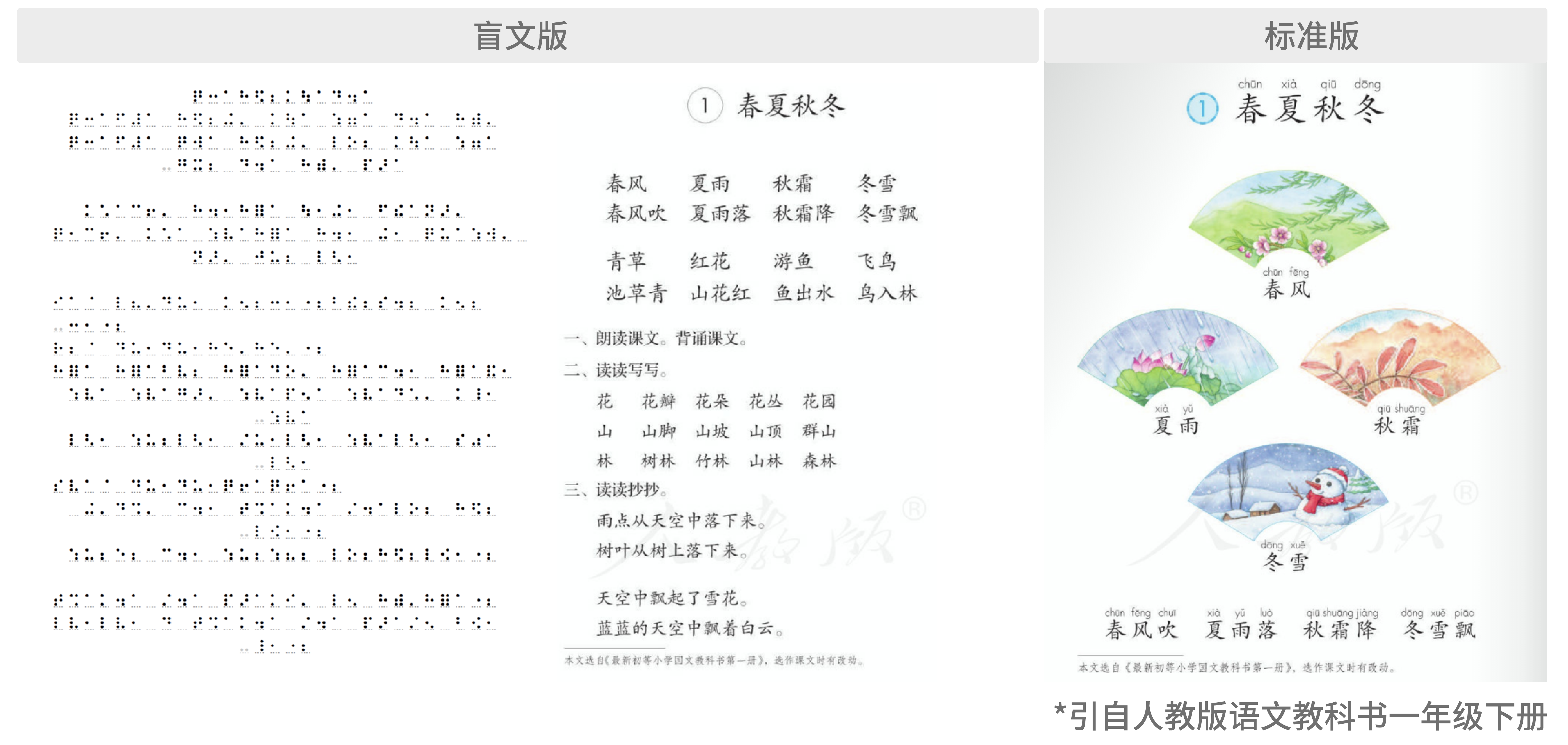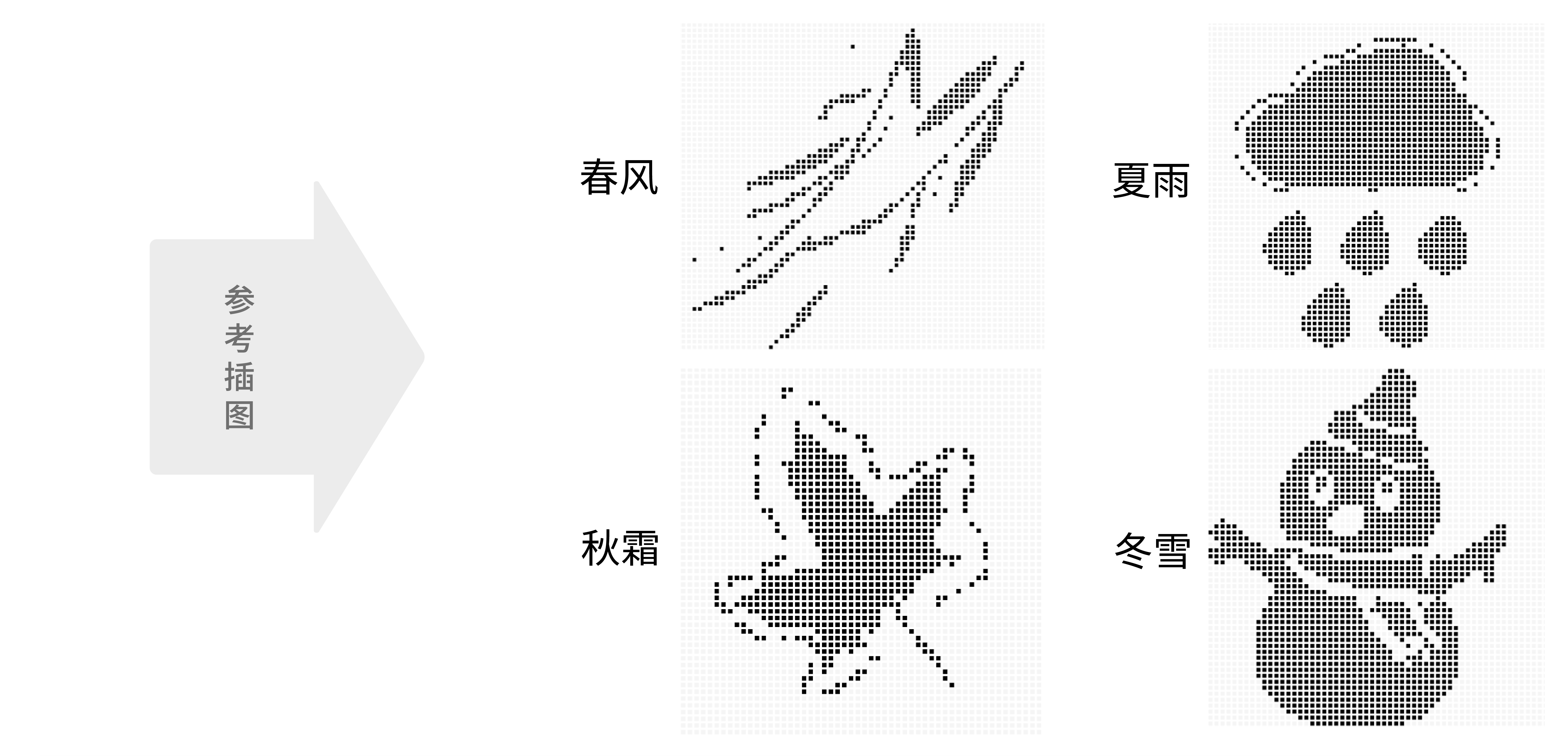According to the World Health Organization's 2017 report, there are approximately 253 million visually impaired people worldwide, of which 36 million are totally blind individuals. The British Lancet magazine pointed out in 2017 that according to statistics from 1990 to 2015, with a growing and aging population,, by 2050, the number of blind people worldwide may increase to 115 million. This is a huge challenge for all human beings.
Because of impaired vision, blind people rely primarily on hearing and touch to obtain information. With the development of science and technology, the popularity of the Internet has enabled new opportunities for the blind to communicate with the outside world, and choose a wider range of careers. However, a significant obstacle for blind people remains when visual information, such as pictures and videos, becomes the main source of information in knowledge dissemination, particularly on the Internet, where visual content is increasingly rich. Therefore, blind people urgently need barrier-free devices that can easily read image information.
The large-format tactile graphic display terminal research product is different from the traditional computer screen. The surface of the tactile graphic display terminal is composed of a lattice that can be raised and retracted. By controlling the changes in these lattices through the computer, traditional pictures can be turned into touchable graphics. Blind users can then read text and cognitive images by touching the braille or tactile graphics of these raised dots.
The development of this device can further promote the development of many accessible applications for blind users, such as the popularity of electronic braille books, online learning, shopping, and browsing for blind users, and makes it easier for blind people to learn graphical knowledge such as mathematical geometry, physical circuits, and chemical structures. In the future, blind people will not only read the text but also "see" the illustration when reading braille books.
The second-generation equipment prototype successfully developed by the R&D team uses a new self-locking mechanical structure designed to drive the rendering of tactile images,, with the advantages of low cost, scalability, and large format compatibility. Meanwhile, the device uses a time-sharing algorithm based on image semantics and an innovative tactile guidance mechanism to help blind users to more accurately recognize and understand images.
In response to the special needs of blind users, the R&D team also designed a multi-channel fusion interactive experience, which only provides tactile interaction, but also location-based 3D sound navigation and voice interaction. In terms of user experience design, the products considers the usage habits of blind people with electronic devices, and maximizes the interactive advantage of tactile dot matrix display to enable blind users “to get what they touch”. In addition, this prototype encapsulates the basic module of touch-hearing control and has a high degree of application scalability to support the basic operations of most web pages and applications.
Design and experimentation of mathematics demonstration class in school for the blind

To verify the usability and ease-of-use of the tactile interaction device, we collaborated with a school for the blind and selected two chapters of "Pythagoras Theorem" and "Trigonometric Function" to design and prepare the demonstration class. Thirteen fully blind students were invited to learn and experience the lesson. The experiment of the demonstration course included five steps, including the experimental guide, pre-experiment test, course teaching, post-experiment test, and subjective evaluation. Those 13 blind students participated in all the experiments, so we obtained their data of the 10 knowledge point test before and after the class, as well as 20 subjective evaluation data records after the experiment.
The experimental results show that all 13 blind students gained objective knowledge after the course. Through the pre-and post-test of the knowledge points, the students' knowledge mastery after the experiment was significantly better than before. This indicates that the demonstration course can substantially help blind students to learn. Moreover, blind users' subjective evaluations of "usability" and "ease-of-use" of learning methods were mostly positive. It can be seen that blind users agree or even strongly agree that this learning method can aid in studying and understanding "Pythagoras Theorem" and "Trigonometric Function", while making students feel at ease and comfortable during learning.
Digital display design for Braille textbooks
The textbooks in schools for the blind are at present made of heavy tactile printing paper that is costly and inconvenient to carry. Given the fact that a large number of blind people in our country still cannot attend schools for the blind, digital online learning and distance learning have become urgently needed. Meanwhile, the large format touch screen of the device has significant advantages in displaying braille and tactile graphic images. The research group is digitizing ordinary braille textbooks, appropriately adding illustrations that are easy for the blind to comprehend, and displaying the textbooks on the device in a visual-textual manner.

